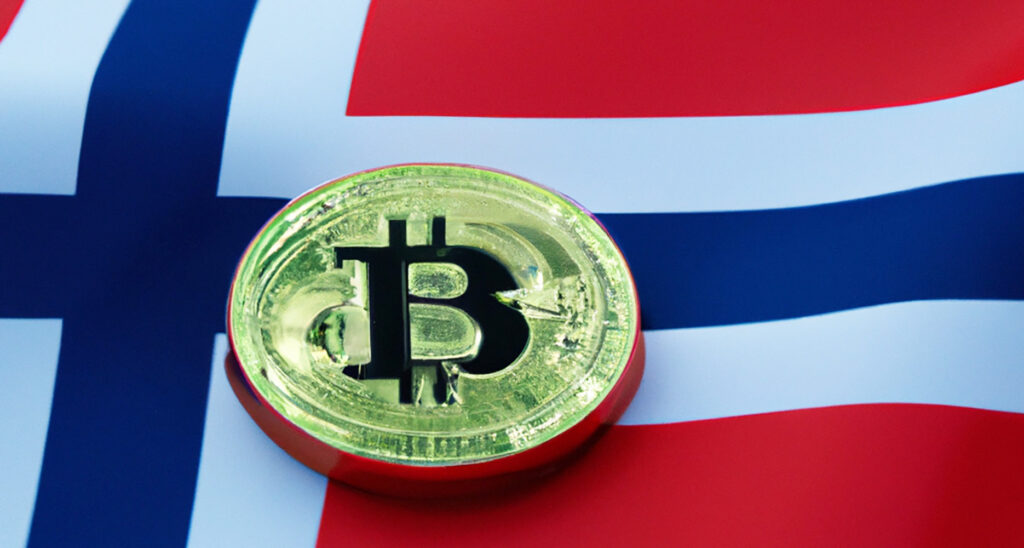
About ten years ago, when I first heard about Bitcoin, I dismissed it with the same kind of comments most people make when they don’t understand something new. I thought it was only meant for a strange dystopian future, and that idea didn’t make sense to me at all.
Back then, while smarter investors were buying an entire Bitcoin for just a few hundred dollars, I was saying things like: “What if the Internet shuts down during an apocalypse? How would anyone use Bitcoin then?” At the time, it felt like a logical argument. If Bitcoin were digital money, what good would it be if the digital world disappeared?
Over the years, I came to realise I was wrong. Bitcoin wasn’t built for the end of the world. It was created as a scarce, decentralised, and tamper-proof store of value — one that governments can’t print endlessly or manipulate. That’s the purpose it has grown into over time.
As I’ve moved from total ignorance to being just a little more educated (maybe 10% of the way there), I started investing in Bitcoin with the belief that its scarcity and increasing adoption will drive long-term value. But there was one thing I rarely thought about until recently. Just last week, in my crypto group, someone shared a worrying update: “Hackers hijack npm packages in what is being called the largest supply chain hack in history.
Also Read:
Mohammad Abbas Mirza Interview: AI, Cybersecurity, and the Future of Intelligent Systems at Arsh.Ai
Best Life Coach in Dubai Lee Levy | Building Trust, Results, & Influence






